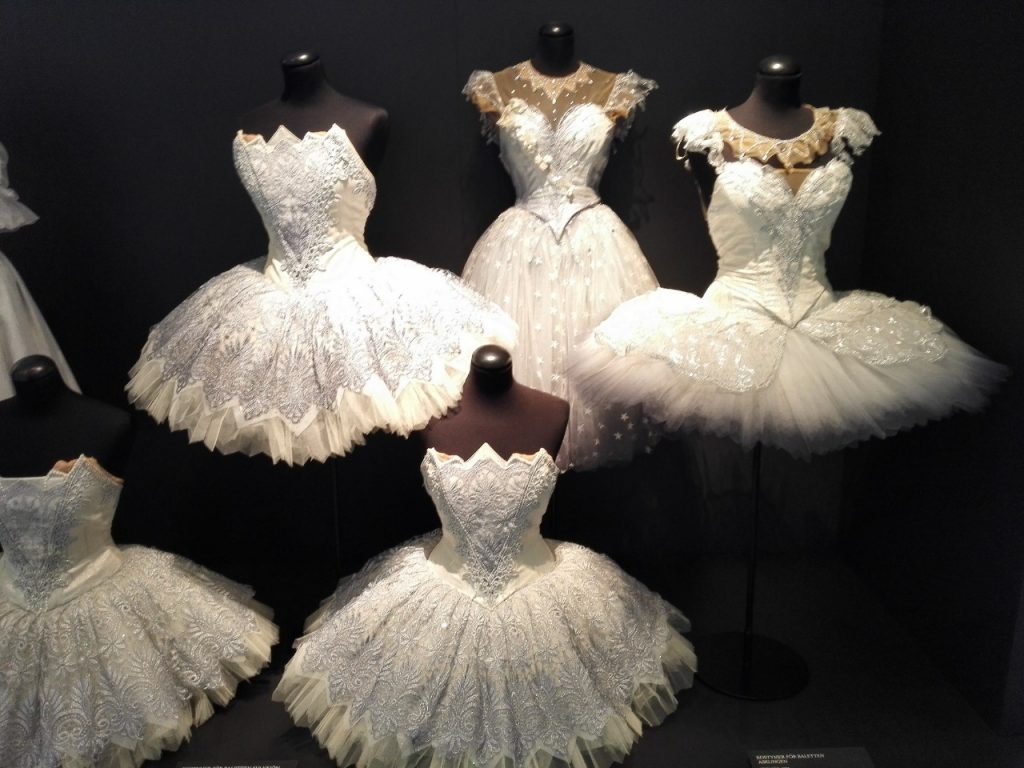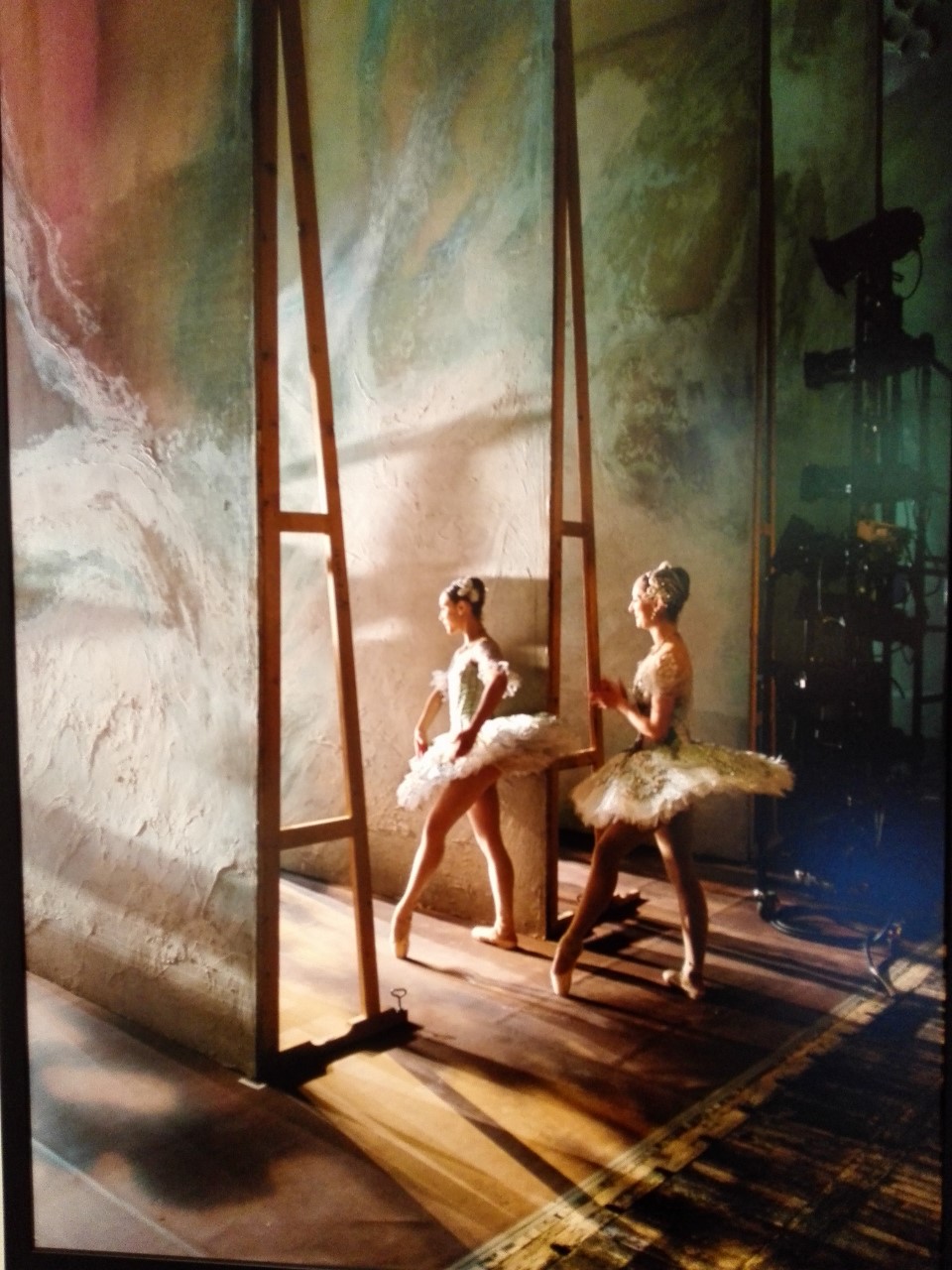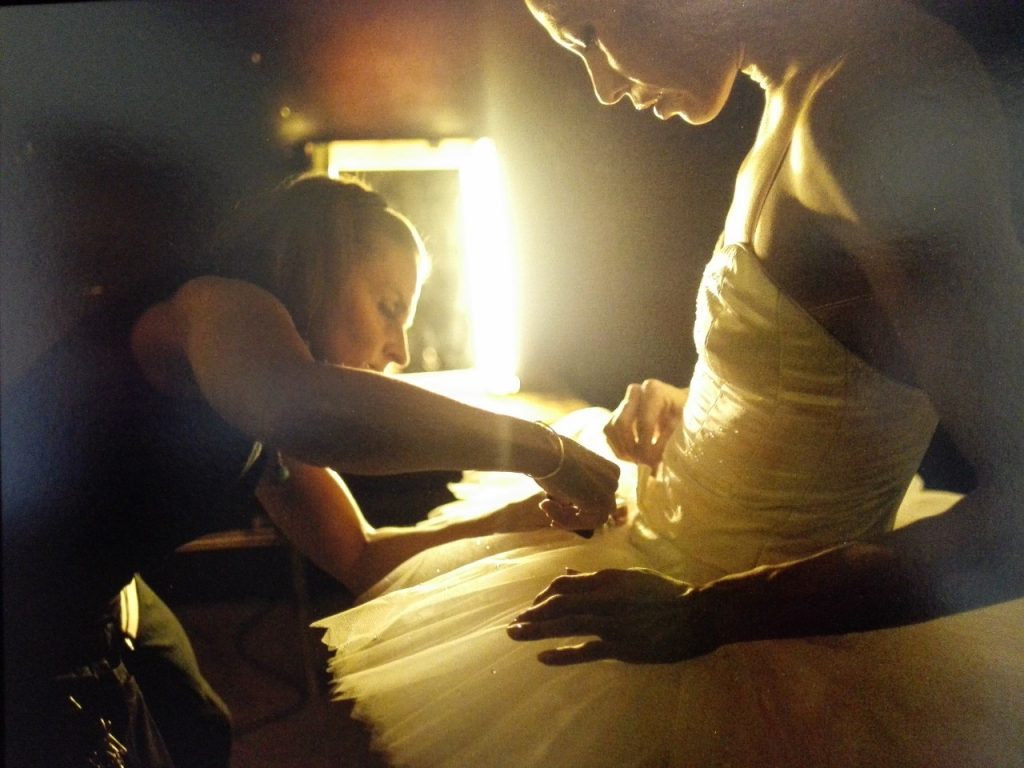A different kind of exhibition is shown this autumn at Sven-Harrys Museum in Stockholm. Backstage is a photographic journey of the dancers at Stockholm Royal Opera.

The photographer Björn Abelin:
It’s with an unusually sensual feeling that this photographer has managed to catch the dancers everyday life, from repetitions, to shows, backstage, dressings and during tournaments.
Björn Abelin, born in 1963, is a photographer and teacher at Stockholm Folkuniversitet. He’s been internationally exhibited: in Copenhagen, in Helsinki, in London, in Berlin and in China. Björn has spent months backstage at the Royal Opera to catch a glimpse of the dancers and their otherwise so furtive art form. Around seventy pictures among thousands have been chosen for this exhibition.
The dancers are still training classical ballet at the Royal Opera. Around seven hundred pupils are yearly trying to get into this well-known school. Their contracts don’t last more than one or two years. To become a good dancer demands a lot of training and concentration, which the photographer manages to catch on his images. Abelin isn’t the only one to be fascinated by this special, closed world. Other artists, in different genres, worth mentioning are Edgar Degas and Henri de Toulouse-Lautrec who have been drawn to the beauty of dancers sculptural bodies and this unique sub-culture. An attraction that has existed since antiquities, which we can perceive in several ancient statues. Body fixation is also very much part of our Western societies.
Details:
From having been exclusively an art form performed by men during the baroque era, ballet has evolved to become essentially danced by women with male dancers used mostly to lift and highlight their female partners, until modern times with male dancers taking more and more space during the shows. Gender sharing has thus been reinforced.
Björn Abelin’s pictures heighten important details such as point shoes and costumes. The latter have to be solid enough – despite their thin cloth – for jumps and sweaty bodies, as well as enhancing the dancer and the choreography. His pictures of point shoes show details such as the toe reinforcements often made of paper, cloth and glue. The dancers strengthen them themselves with the help of wool, silicon or cotton. Some use hundreds if not thousands of shoes per year! These flat toe shoes started to be used during performances in the beginning of the 19th century to give the viewers the impression of the dancers floating above the floor.
So what make these photographs particularly interesting? It is the details, the light, the expression and yes, their beauty! Come and enjoy the dancers special universe of deep concentration, their facial expressions, strength, vigour, fluidity and sensuality through these unique photographs in one of Stockholm’s most up-to-date museums.
Anne Edelstam, Stockholm




